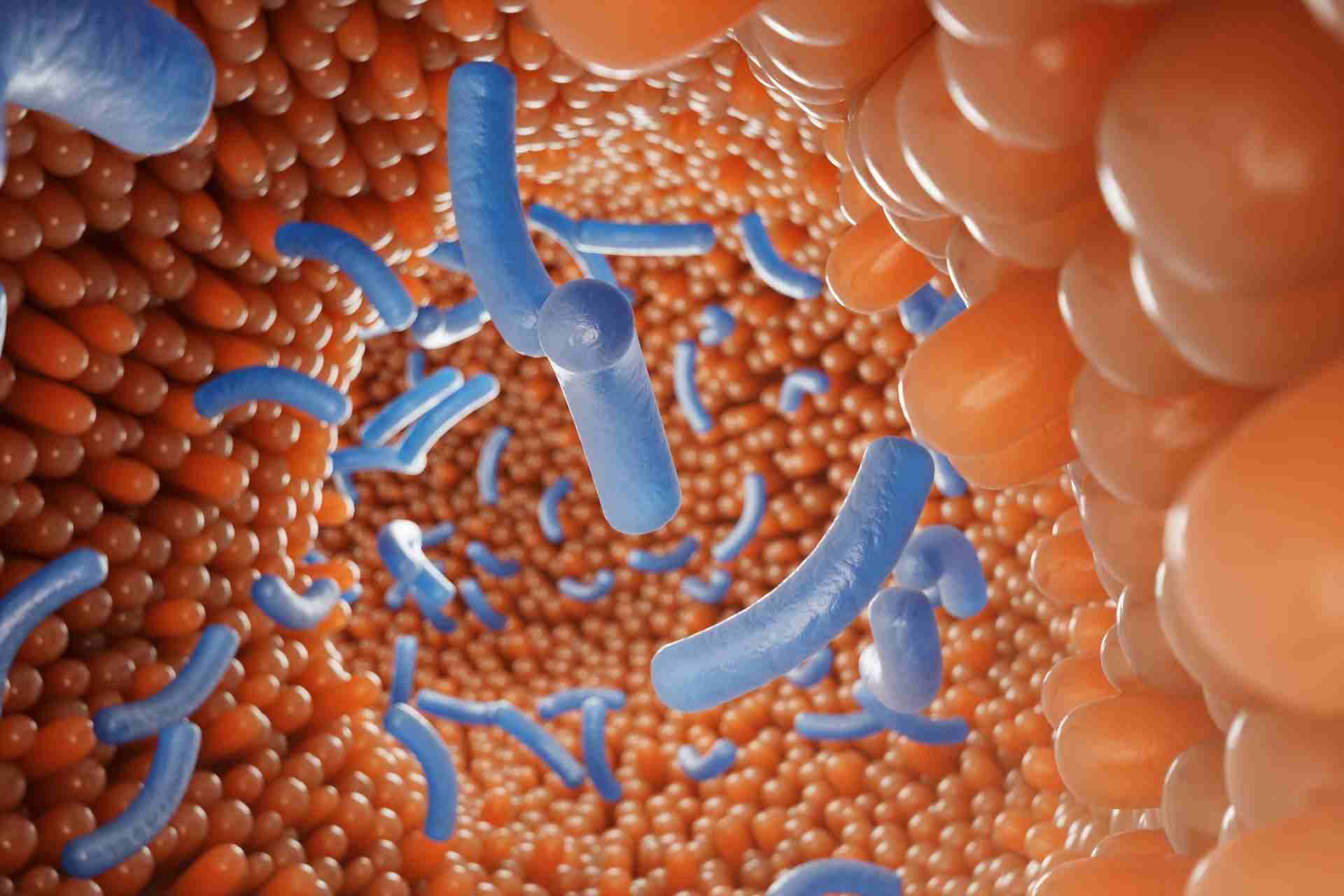What is already known
Many organisms — from fungi to humans — produce molecules called inositol lipids, which are involved in important processes such as cell signaling. The production of inositol lipids in bacteria is instead uncommon. Recent research showed that the gut bacterium Bacteroides thetaiotaomicron can produce inositol lipids and sphingolipids, but little is known about the pathways that lead to the productions of such molecules as well as their prevalence.
What this research adds
Researchers studied the gene cluster for inositol lipid production in B. thetaiotaomicron. They characterized the pathway that leads to the synthesis of inositol lipids, solved the structure of a key enzyme in this pathway and identified the protein responsible for the conversion of an inositol precursor into phosphatidylinositol. Inhibiting the production of inositol lipids altered some of B. thetaiotaomicron traits, including resistance to antimicrobial peptides.
Conclusions
The findings suggest that the production of inositol lipids is common in Bacteroidetes and other gut-associated bacteria, and it may be a means of cross-kingdom communication.
Many organisms — from fungi to humans — produce fatty molecules called inositol lipids, which are involved in important processes such as cell signaling. New research now suggests that inositol lipid synthesis is common also in Bacteroidetes and other bacteria found in the human gut microbiota.
Inositol lipid metabolism may be a means of cross-kingdom communication, whose effects on the host have yet to be investigated, the researchers say. The results were published in Nature Microbiology.
Inositol is a sugar abundant that forms the basis for signaling molecules including inositol phosphates and inositol lipids. The synthesis of inositol starts with the formation of inositol phosphate from glucose 6-phosphate by an enzyme called myo-inositol phosphate synthase.
Bacteria directly use inositol phosphate to produce phosphatidylinositol phosphate from cytidine-diphosphate-diacylglycerol and myo-inositol phosphate. Although the enzyme that produces phosphatidylinositol phosphate has been well characterized in bacteria, other enzymes responsible for the conversion of bacterial phosphatidylinositol phosphate to phosphatidylinositol have yet to be identified, the researchers say. What’s more, they add, recent studies predicted the existence of a gene cluster for the synthesis of inositol lipids in the gut bacterium Bacteroides thetaiotaomicron, but its function remains unconfirmed.
So, Ruth Ley at the Max Planck Institute for Biology and her colleagues set out to study the gene cluster for inositol lipid production in B. thetaiotaomicron.
Synthesizing inositol lipids
First, the researchers identified the genes responsible for inositol lipid metabolism in B. thetaiotaomicron. Then, they went on to characterize the function of each gene in the inositol lipid cluster.
Next, using X-ray crystallography, the researchers determined the structure of the enzyme that produces myo-inositol-phosphate. They also identified the enzyme responsible for the conversion of phosphatidylinositol phosphate to phosphatidylinositol.
In cells grown in a dish, inhibiting the production of inositol lipids altered some of B. thetaiotaomicron traits, including antimicrobial peptide resistance. Antimicrobial peptides are part of the innate immune response and act as broad-spectrum antibiotics. For these reasons, they are being considered as new therapeutic agents.
In mice, B. thetaiotaomicron strains that were unable to synthesize inositol lipids showed decreased bacterial fitness, the researchers found.
Influencing host’s biology
Finally, the researchers surveyed several bacteria for inositol lipid synthesis. They found that most species of Bacteroides are able to synthesize inositol lipids. “Roughly three-quarters of Bacteroides, Prevotella and Parabacteroides species have a [myo-inositol phosphate synthase] homologue,” the researchers say. “One notable exception is Bacteroides fragilis,” they add.
Homologues to proteins in the inositol lipid gene cluster were absent or uncommon in Porphyromonas, Sphingobacterium and Chlorobium bacteria, the researchers found.
Since Bacteroides are among the most abundant microbes in the human gut, the widespread synthesis of inositol lipids Bacteroidetes and other gut-associated bacteria such as Prevotella and Parabacteroides could contribute to the type and levels of lipids found in the gut, the authors say. Bacterial lipids that are structurally similar to their eukaryotic counterparts have been shown to influence host’s metabolism and immune function, they add.









